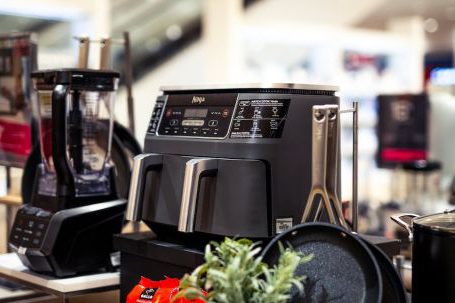When it comes to getting the most out of your workouts, monitoring your heart rate is key. By keeping track of your heart rate, you can ensure that you are working at an intensity that is both safe and effective. One of the best ways to monitor your heart rate is by using a heart rate monitor. With so many options available, it can be overwhelming to know which one is the best for you. In this article, we will explore the key factors to consider when choosing a heart rate monitor for workouts.
1. Type of Heart Rate Monitor
There are different types of heart rate monitors available on the market, each with its own advantages and disadvantages. The most common types include chest strap heart rate monitors, wrist-based heart rate monitors, and finger clip heart rate monitors. Chest strap monitors are known for their accuracy, as they measure the electrical signals of your heart. However, some people find them uncomfortable to wear. Wrist-based monitors are convenient and comfortable, but may not be as accurate. Finger clip monitors are compact and easy to use, but may not be as reliable.
2. Features and Functions
Consider the features and functions you need in a heart rate monitor. Some monitors offer basic heart rate monitoring, while others provide additional information such as calories burned, distance covered, and even sleep tracking. If you are an athlete or a fitness enthusiast, you may want to look for a monitor that offers advanced features such as GPS tracking, interval training, and customizable workout programs. Make a list of the features that are important to you and prioritize them accordingly.
3. Compatibility with Other Devices
If you already use fitness apps or other workout devices, it is important to ensure that your heart rate monitor is compatible with them. Many heart rate monitors can sync with smartphones, smartwatches, or fitness trackers, allowing you to track and analyze your data in one place. Check the compatibility requirements of the heart rate monitor and make sure it will seamlessly integrate with your existing devices.
4. Comfort and Fit
Since you will be wearing your heart rate monitor during your workouts, it is crucial that it is comfortable and fits well. Chest strap monitors should have an adjustable strap that fits snugly around your chest without being too tight. Wrist-based monitors should be adjustable and have a secure closure to prevent it from sliding around during exercise. Try on different models and make sure they feel comfortable and secure on your body.
5. Price Range
Heart rate monitors come in a wide range of prices, so it is important to determine your budget before making a purchase. While more expensive monitors may offer additional features and higher accuracy, they may not be necessary for everyone. Consider your needs and goals, and choose a heart rate monitor that fits within your budget without compromising on quality.
In conclusion, finding the best heart rate monitor for workouts requires careful consideration of the type, features, compatibility, comfort, and price range. By taking the time to research and compare different options, you can find a heart rate monitor that will help you optimize your workouts and achieve your fitness goals. Remember, the best heart rate monitor is the one that suits your individual needs and preferences.




